This week’s Psychology Update takes a different approach to the field of Abnormal Psychology, Behavioral and Physical Problems, and Health Psychology. The links to the New York Times “Patient Voices” presents the experiential side of disorders. Based upon philosophical underpinnings, Psychology studies both the phenomenal (the objects and events of the world around us) and the phenomenological (the subjective experiential side of those life events). Textbooks and chapters in Abnormal Psychology presents the symptom pattern list of an individual with a disorder but not always how the individual experiences the problem and the challenges that the disorder brings. Those who practice in the clinical field will understand the distinction. For your students “Patient Voices” attempts to provide the understanding of how individuals experience their disorders and further how these affect everyday living. The presentation takes the form of text, pictures, and audio clips.
TITLE #1
Patient Voices: A.D.H.D.
SOURCE
New York Times by Karen Barrow
(Originally published May 2008 and updated April 2017)
LINK TO RESOURCE
(Tiny URL) https://tinyurl.com/n92ejsx
TITLE #2
Patient Voices: Epilepsy
SOURCE
New York Times by Karen Barrow
LINK TO RESOURCE
(Tiny URL) https://tinyurl.com/mjzm3nk
TITLE #3
Patient Voices: Sleep Apnea
SOURCE
New York Times by Karen Barrow
(originally published May 2009 and updated January 2017)
LINK TO RESOURCE
(Tiny URL) https://tinyurl.com/mxsrmp3
CLASS DISCUSSION QUESTIONS
•How do symptom lists differ from an individual’s experiences of a disorder?
•After reading the three “articles,” what are the commonalities in the experiences of individuals who live with serious disorders?
•If the students have had lecture, discussion, and readings from the Therapy chapters of the textbook, ask them about the different approaches that a clinician might follow.
•What are the “challenges” of living with a serious disorder? Perhaps have the students break down into small groups and have each group discuss a particular disorder. Have them list and then report out their findings and compare the “challenges.” Open up the exercise for discussion incorporating text material.


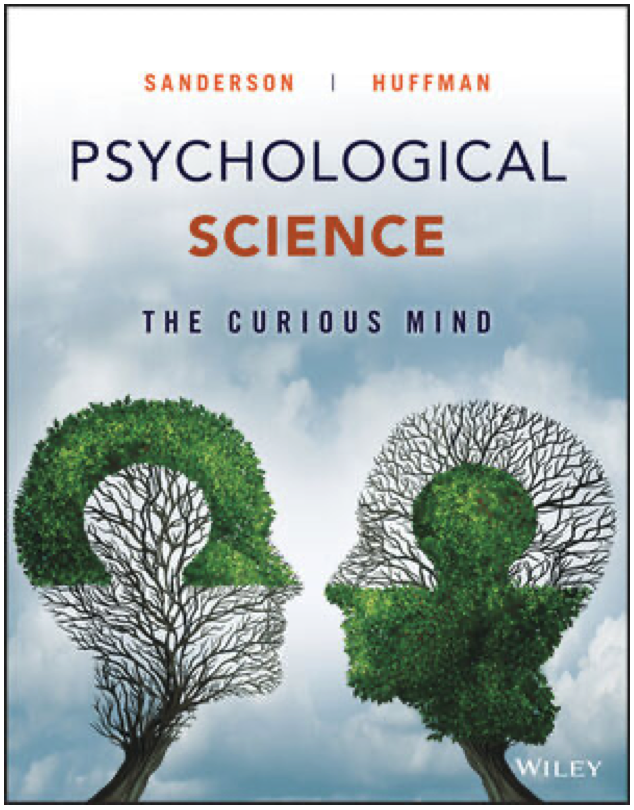
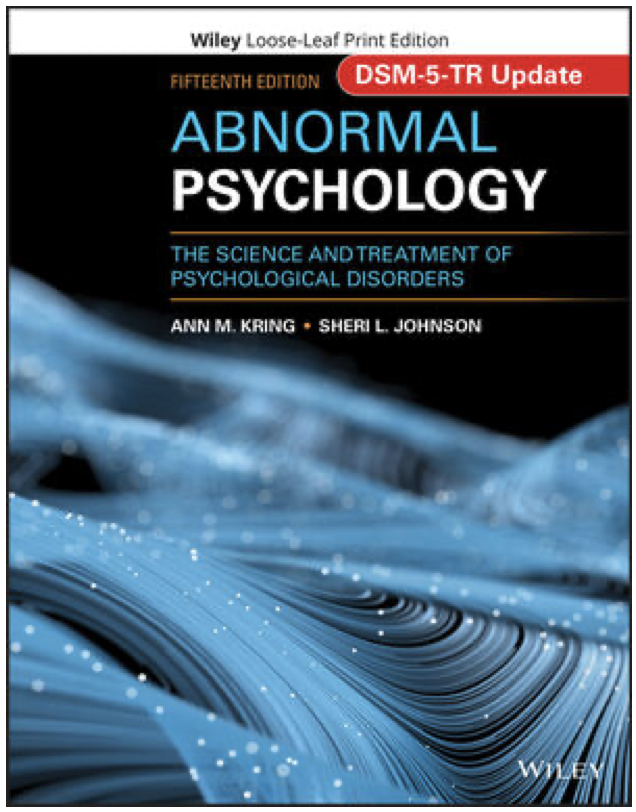
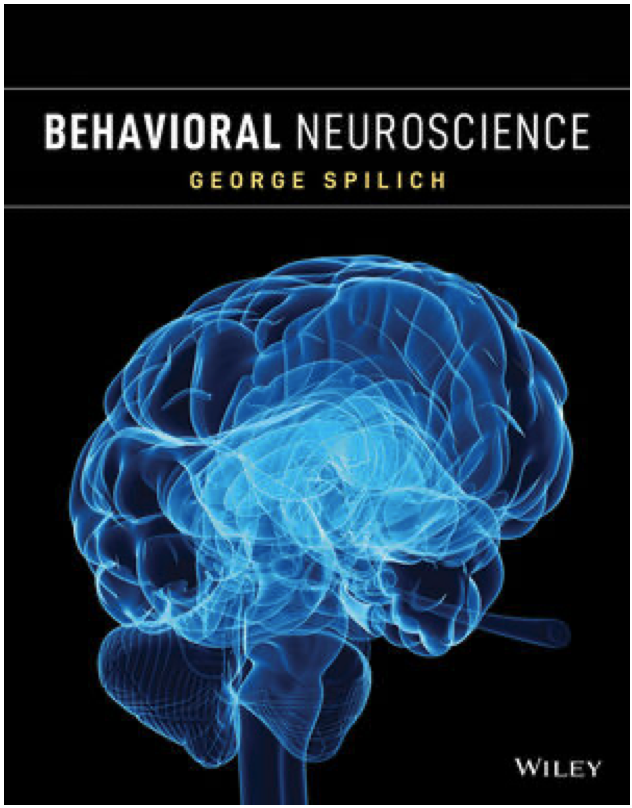
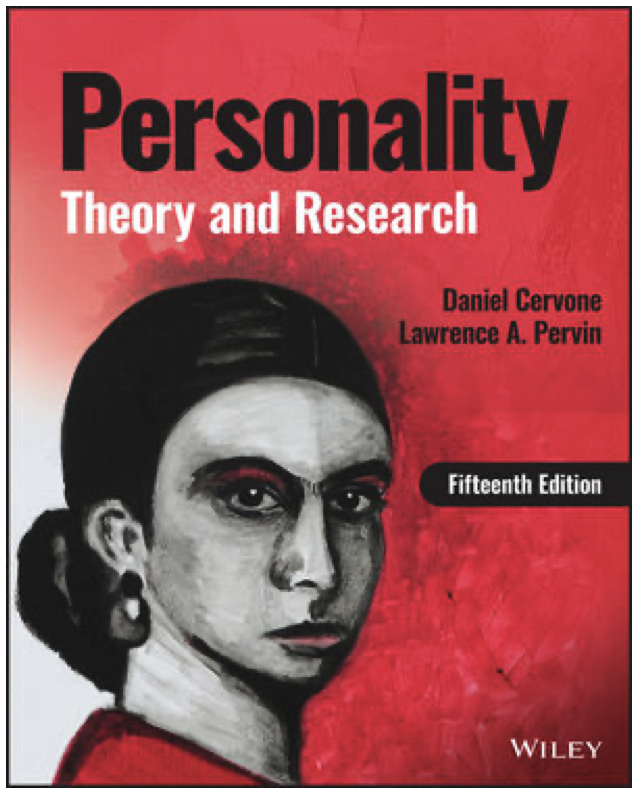
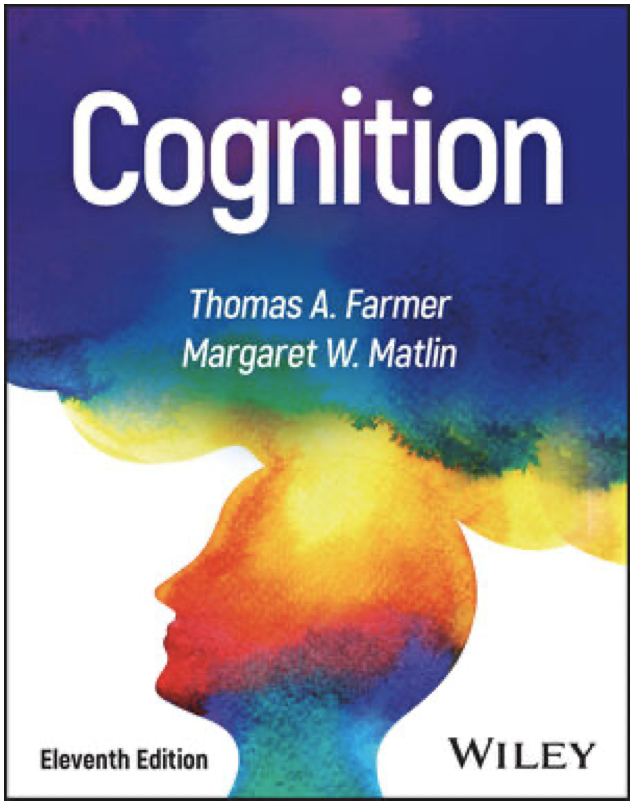
Leave a Reply